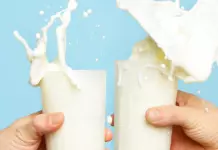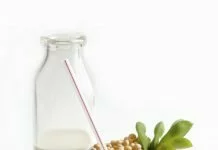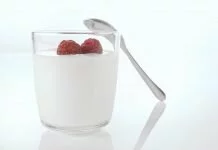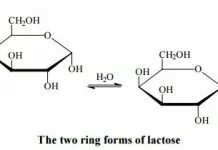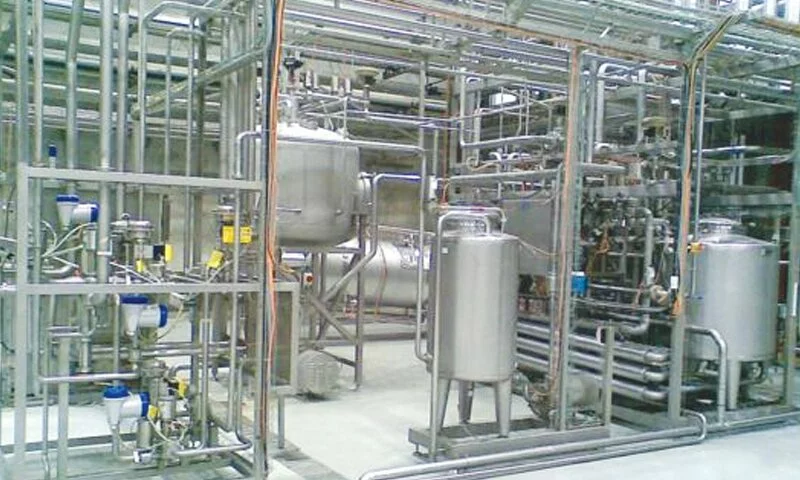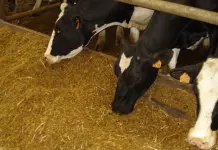Source: timesofindia.indiatimes.com
With the beginning of the festive season, demand for all types of food items increases manifold and so does the manufacturing. But unfortunately, many manufacturers cheat the consumer by mixing adulterants in foods like sweets or ingredients used in them. In fact, this happens all through the year but is highlighted more during the festive seasons like diwali. Rest of the year, people forget about it.
Now, city-based Anacon Laboratories Pvt Ltd has developed a variety of kits to easily detect adulteration in five major food items, milk and milk products, spices, oils, flours and silver wark (foil over sweets). Anacon is the official knowledge provider for Food and Drug Administration (FDA). The lab recently conducted a training course for FDA officials and hoteliers.
“Ever since FSSA Act came into being, ensuring food safety has become the biggest priority of the FDA for the public. But safety includes many factors like adulteration, contamination and quality. Of these, a common man can test at least his food for any adulterants. In fact, even manufacturers or hotels can test adulteration in the ingredients they use for cooking food or making sweets etc,” said DG Garway, Anacon’s managing director.
Director of the company Sugandha Garway said natural contaminants like pesticide residues, unhygienic processing could also make food unsafe but it is not so easily tested. “However, with our kits, one can for sure use rapid tests to see if the item is pure or adulterated, without actually getting into the chemistry of the tests. We have 30 tests for about 17 milk and milk product. These kits are a little costly at present, but we are working on reducing the cost,” she said.
Generally, if found guilty of adulterating foods, hotels, sweet shops, restaurants etc the owners pass on the blame to the ingredient manufacturers. But with these kits it is now possible for even a common man to test the ingredients like sugar, khowa, oils, ghee, curd, flour etc. FDA may also use these kits.
Adulterants are basically three types, intentional, incidental and metallic. The intentional adulterants include sand, marble chips, mud, filth, chalk powder, mineral oil, arrowroot powder. Incidental adulterants include pesticides residue, rodent droppings, insect larvae. Metallic adulterants include arsenic, lead from water, tin from cans etc.
Testing kits have various reagents which have to be added in prescribed quantity to conduct the test
Milk adulterants
* Starch/mashed potatoes: Adding reagent changes colour to blue if adulterant present
* Sodium bi carbonate: Adding reagent changes colour to rose pink if positive
* Urea: Adding reagent changes colour to yellow if positive
* Detergent: Reagent changes to dark violet colour
* Formalin: Reagent leads to formation of violet ring at bottom if positive
* Sodium chloride: Reagents cause formation of orange colour if positive
* Skimmed milk powder as adulterant: Reagent causes formation of orange colour
Milk Products adulterants
* Sweet curd is adulterated with vanaspati ghee: Adding reagents causes formation of crimson colour at bottom if positive
* Rabdi is adulterated with blotting paper: Adding reagent and distilled water and stirring leads to fine fibre formation sticking to glass if positive
* Khowa is adulterated with other milk products like chhena, paneer and starch: Boil small quantity of water, cool and add few drops of solution from test kit. Formation of blue colour indicates positive
* Ghee, paneer, condensed milk, khowa are adulterated with coal tar dyes: Adding solution to melted sample and shaking leads to formation of pink or crimson colour if positive
Oil and fat Adulterants
* Argemone testing: Oil plus reagent gives reddish brown colour if positive
* Mineral oil: Heating oil plus reagent in boiling water bath leads to turbidity if positive
* Castor oil: Oil plus reagents give white turbidity if positive
* Karanja oil: Adding reagent gives orange colour if positive
Spices Adulterants
* Starch in powdered spice: Adding reagent gives blue colour if positive
* Chalk powder, yellow soap or stone powder in powdered spice: Adding reagent and leaving for some time leads to impurities settling down, spice floats to top
* Coloured saw dust in turmeric powder: Adding reagent gives pink colour, which disappears on dilution with water if positive
* Chalk powder in turmeric: Spice powder with and reagent gives effervescence if positive
Silver Leaf Adulterants
* On burning genuine silver leaves, it burns away completely leaving glistering white spherical ball like mass, whereas adulteration with aluminium leaves ashes of dark blackish colour
Comments
comments



